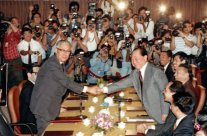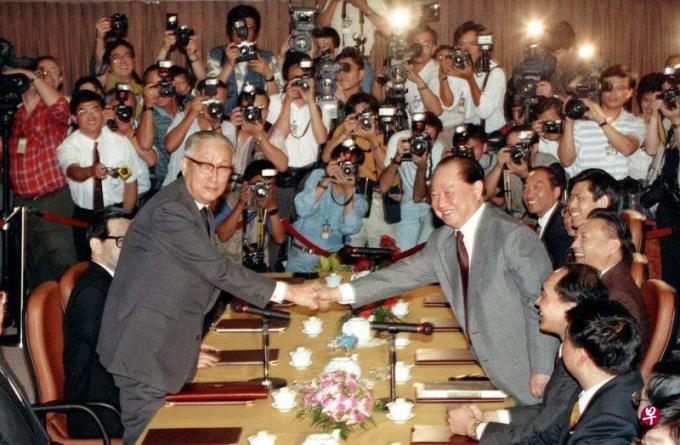
The division of governance on both sides of the Taiwan Straits is a problem left over from the history of the Chinese and Civil War in 1949.In the 1980s, the Kuomintang government still insisted on the "three nos" policies that "do not contact, do not negotiate, and not compromise" with the CCP, but in 1986, the mainland veterans in the Taiwan army returned to their hometowns to visit relatives.
Professor Bao Chengke, assistant director of the Shanghai East Asia Research Institute, pointed out to Lianhe Zaobao during an interview: "The two sides of the Taiwan Strait did not recognize each other politically.The veteran's return to the hometown has led to cross -strait folk exchanges, and it has also derived the phenomenon of smuggling passengers and transactional issues such as cross -strait document certification. "
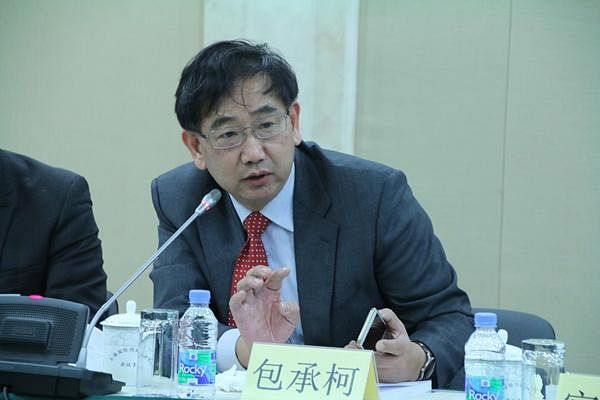 />
/>
In July 1990, the Kuomintang government reached a consensus on abandoning the "three no" policies of the Communist Party of China, and decided to establish a government responsibility agency (that is, the subsequent mainland committee committees) and the establishment of "intermediary agencies" (that is, the later strait exchangeFoundation, referred to as sea base) to deal with cross -strait exchanges.
In November of that year, Taiwan was established in Taiwan, and the famous entrepreneur Gu Zhenfu served as the chairman; one year later, Mainland China also established the Cross -Strait Relations Association (referred to as the Sea Association) in Beijing as the counterpart institution of the Sea Foundation Association., Wang Daohan, who was former mayor of Shanghai, served as the chairman and the deputy director of the Taiwan Affairs Office of the State Council as the executive vice president.Cross -strait officials formally contact and negotiate through the "white gloves" model of the sea base and Maritime Association.
According to Tang Shubi's memories, when Yang Shangkun visited Singapore in January 1992, he passed through the Singapore Cabinet Politaics Li Guangyao to the then Taiwan Lee Denghui.Li Denghui agreed to talk on both sides of the strait. Gu Zhenfu and Wang Daohan talked about the economy. The location was in Singapore. Beijing agreed.
The substantial content of theSea Foundation and Maritime Association in terms of verification and registration letter verification of cross -strait documents have actually reached consensus, but in October 1992, talks in Hong Kong on the issue of "one China".
Regarding the question of how to express "one China", the sea base will propose in the consultation "In the process of seeking national unity on both sides of the Taiwan Strait, although both parties adhere to the principle of China, they are recognized by the meaning of a China."It is different", and it is suggested that "within the scope that can be accepted by each other, they explain their positions in verbally."
The claim of the Maritime Association is "as long as the attitude of adhering to a Chinese principle as long as it is expressed in transactional negotiations, and not discussing a Chinese political meaning"
On November 16th of that year, the two associations suggested that the two associations used their own verbal statements to express a Chinese principle.Essence
Gao Kong and Lian, who had served as the deputy chairman of the MAC during the period of the Kuomintang's administration and the deputy chairman of the Sea Foundation, pointed out that in 1992, the Cross -Strait and the two associations were finally on the issue of "one China".Express "respect and accept".Although not the agreement signed by both parties, it is not an exaggeration called "1992 Consensus".
After deciding to temporarily put on hold the controversy for pragmatic negotiation, the two sides held Wang Gu's talks from April 27th to 29th, 1993.This talks that are positioned as "transactional, technical, functional, and folk", and finally signed the two -strait notarization of the Cross -Strait Notarization of the Cross -Strait Cross -Strait Registered Registration letter inquiries and compensation agreement Wang Gu's talks between the two sides of the strait notarization.Protocol files.
In the next few years, because of the "two countries theory" in July 1999, Li Denghui proposed the "theory of the two countries" and Chen Shui -bian denied the DPP for the first time after the first governance of the Democratic Progressive Party.The negotiation mechanism stopped, and Wang Gu's second elder failed to meet again until his death.
It is worth mentioning that the term "1992 Consensus" did not appear immediately after cross -strait talks in 1992, but was proposed by Su Qi, chairman of the former Taiwan MAC in 2000, and followed the Taiwan side according to the Taiwan side.The position summarizes its connotation as "one China, respectively."In Beijing's discussion, the "1992 Consensus" means that the two sides of the strait each expressed in verbally "adhere to the principle of China."
In 2008, Ma Ying -jeou led the Kuomintang to govern again. He confirmed the existence of the "1992 Consensus" to the Maritime Association through the Sea Foundation. In 2010, the Cross Straits signed the Straits Cross -Strait Economic Cooperation Framework Agreement (ECFA).In October 2013, Zhang Zhijun, then the director of the Taiwan Affairs Office of Mainland China, and Wang Yuqi, chairman of the Taiwan MAC, met at Bali Island, Indonesia, and called each other's official title.On November 7, 2015, after the Chinese official and then Taiwan Ma Ying -jeou held a historic meeting in Singapore, the "white glove" function of the Maritime Association and the Sea Foundation seemed to have declined.
Bao Chengke pointed out that in 2013, Zhang Zhijun took the initiative to meet with Wang Yuqi to communicate with Wang Yuqi to complete the special case of the "Xi Jockey Club".However, he also pointed out that, as Wang Gu's talks could be held in 1993, it was not acknowledged that the cross -strait had reached consensus on the issue of "one China", which was an important key to official contact and negotiation and exchanges on both sides of the strait.
In 2016, after the Democratic Progressive Party was in power in 2016, he once again denied the "1992 Consensus", but instead expressed the "historical facts" that respected the 1992 talks.After Tsai Ing -wen came to power, the two sides of the strait were basically in the state of stopping negotiating and exchanges.Is there still the need for the two sessions of the Sea Association to continue to exist and operate in the future?
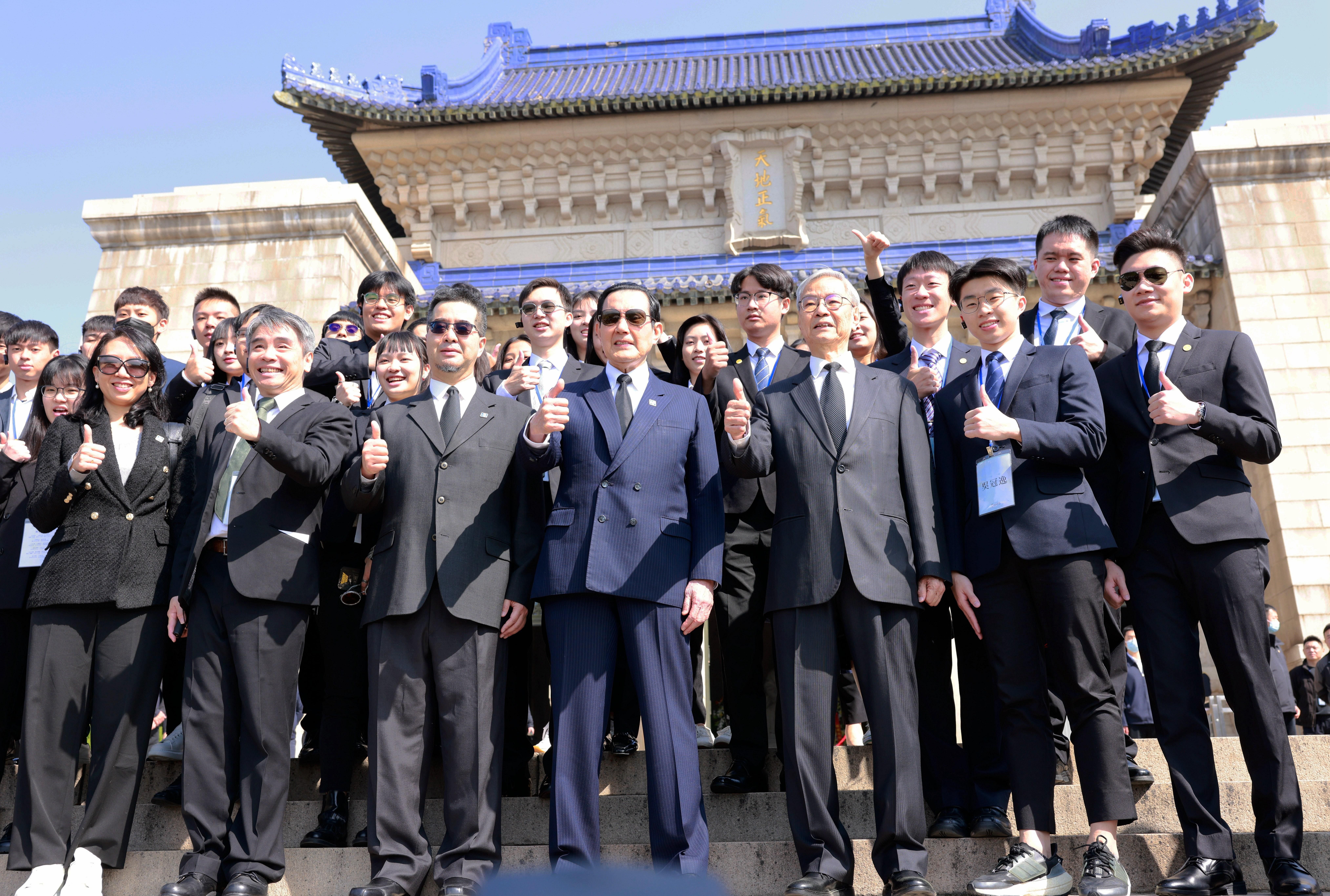
Qiu Kunxuan, an honorary professor at the East Asia Institute of Taiwan Politburo, pointed out in an interview with Lianhe Morning Post that the function of the Sea -based Sea Association is to deal with the legal and rights issues derived from the people on both sides of the strait.The intermediary agency has its own necessity, "not because the leaders have influenced".
"But now we are (Taiwan), and the other party is‘ I ca n’t read ”.
Taiwan will hold the presidential election early next year. If the DPP continues to be in power, Lai Qingde (the DPP presidential candidate) in the "1992 Consensus" or a China principle issue cannot be satisfied with Beijing.The two sessions mechanisms must not be restored.However, considering the high confrontation of Sino -US relations, will Beijing release goodwill to the folk in Taiwan by letting the two seas of the Sea and Sea Foundation in moderation?
Qiu Kunxuan judged that if the DPP continues to govern and continuously provoke cross -strait relations, the political relations in the general direction will inevitably become colder and colder, and the possibility of recovery and negotiation on both sides of the strait is not high.But he believes that even if the official does not communicate, it cannot stop the people on both sides of the straitExchange and democratic consultation.
However, today's cross -strait relations have been inlaid in the overall situation of the strategic competition between China and the United States. How can cross -strait relations go, and public opinion can not get rid of the influence of the game of great powers.
Agreement on the world is still fresh at the time of the world.
Before the talks of Wang Gu's talks on April 27, 1993, Wang Daohan, president of the Chinese Association of China and Gu Zhenfu, chairman of the Taiwan Sea Foundation, stood up across the table, each stretched out his right hand, facing the photography lens and the opponent's hand phase.With a grip, more than 200 reporters witnessed the historical moment of cross -strait relations.
Zou Wenxue (77 years old), a senior reporter from the United Evening News who participated in the report of Wang Gu's talks that year, recalled that he was running unexpected news and medical news at the time.More than 200 reporters from domestic and foreign media were crowded at the venue, very lively, as if they were doing happy things. "
Lianhe Morning Post sent two photographers Xiong Junhua and Zhou Guowei to stand on both ends of the rectangular conference table to ensure that they could take the moment when Wang Guer had a historic handshake.In the end, the Morning Post published the one taken by Xiong Junhua.
Xiong Junhua (73 years old) still remembers that when Wang Gu appeared in the conference hall, many people applauded; after the two shook hands, everyone shouted again, "Please look at this!! "
Xiong Junhua said: "A photographer is a quiet observer on the general occasion, and it will not be too noisy. But that time is different, the sense of participation is strong."
Liu Peifang (74 years old), a senior political journalist before Lianhe Morning Post, recalled that he was able to see the representatives on both sides of the strait at that time, as if seeing the possibility of the unity of both sides of the strait.
At the same time, the fierceness and strength of Taiwan's peers to grab news and card positions also made Liu Peifang remember.
"I also taught the power of Taiwan's peers during the interview, and it can even be said to 'barbaric'. When they saw the representatives of Gu Zhenfu and the sea base, they would be squeezed in., All push outside, I almost fell! "
It is displayed under the media lens, just the moment the talks are carried out.But in fact, before the talks of Wang Gu's talks on April 27, 1993, Tang Shubi, executive vice president of the Maritime Association and Qiu Jinyi, vice chairman of the Sea Foundation, gave two preparatory consultations in Singapore. In addition to the content of the discussion agreement, it is more important to be more importantly.The form of talks.Taiwan attaches great importance to equivalent and dignity.
For example, the right side is large, so whoever signed the agreement between the two parties also became a topic of negotiation.The original cross -strait decision to sign a notarization verification, registered letter verification compensation, and cross -strait connection and talks and talks systems. Until the day before the talks, the fourth one was finalized: Wang Gu's talks together.
Fortunately, the number of agreements is even. After the two parties signed the two agreements, Guwang two interchangeed positions, and then signed two protocols to show the right.
After the "Wang Gu talks" was held in Singapore in 1993, Gu Zhenfu also led a group to mainland China in October 1998 to hold a "Wang Gu meeting" with Wang Daohan. This was the second meeting between the two.
Two meetings, why is it called "talks" at a time, and one time "meeting"?In this regard, Gao Kong and Lian, who once served as the deputy chairman of the MAC during the period of the Kuomintang's ruling period and the deputy chairman of the Sea Foundation, pointed out that "talks" is a negotiating negotiation with topics, with detailed planning and preparations.For a long time, after the meeting, it announced a conclusion or signing agreement."Meeting" is based on exchanges, and the two sides express their opinions on topics.
Wang Gu's history is left in the local area to leave footprints
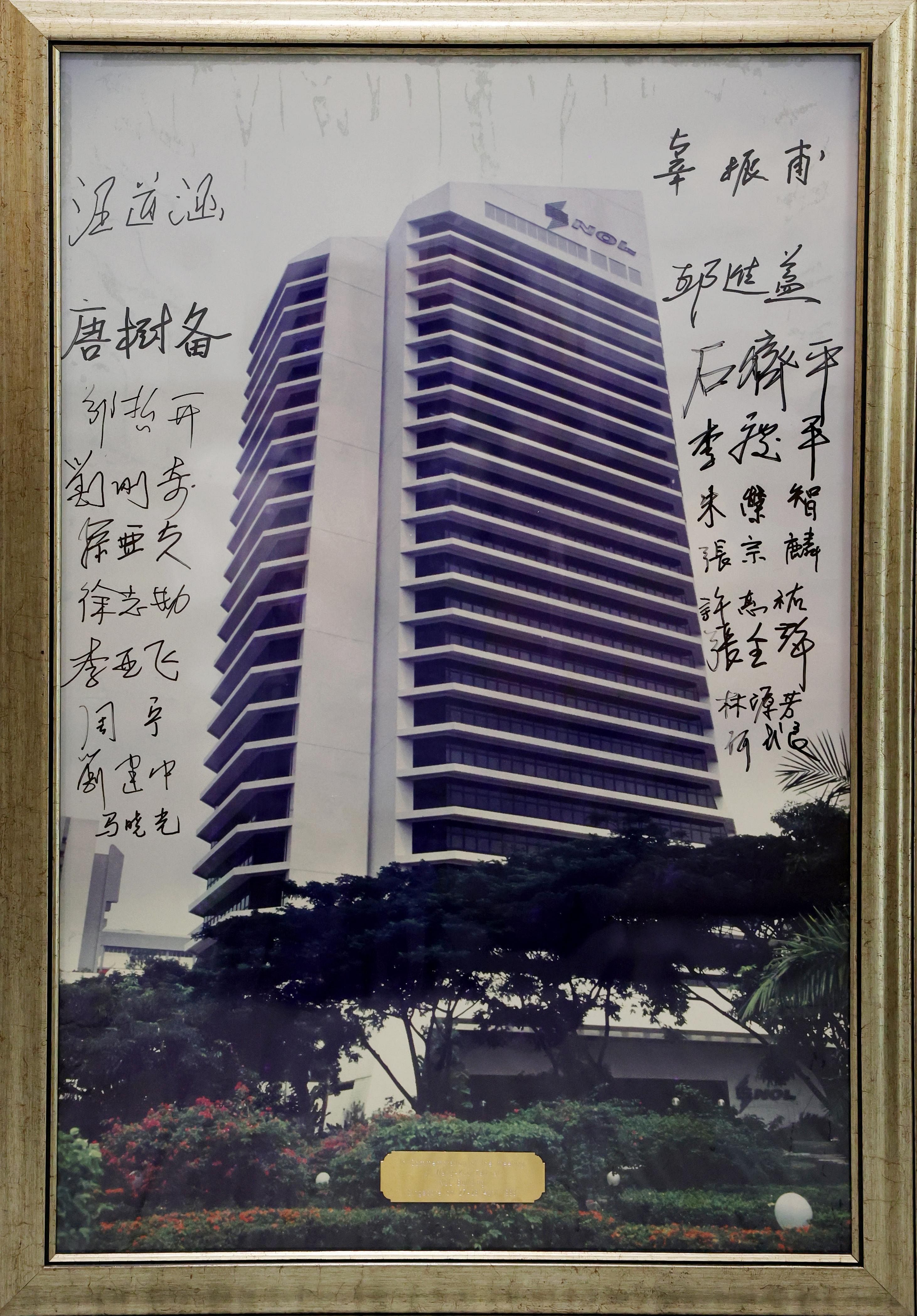
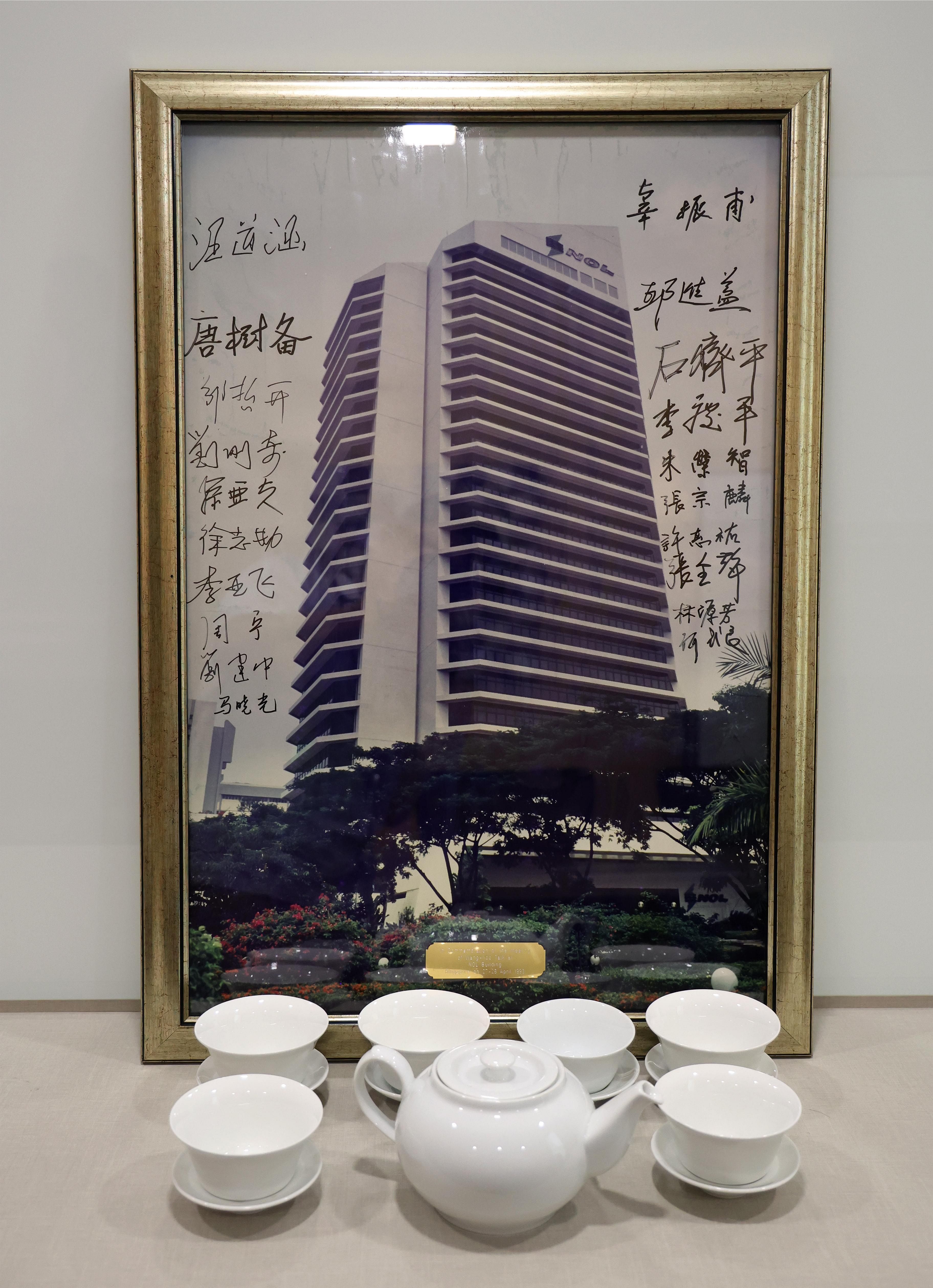
In 1993, the venue of Wang Gu's talks was selected in the conference hall on the fourth floor of the former Emperor Building.In 2012, the Haihuang Ship Corporation sold the 26 -story high -ended deed office building, which was built in 1983 and located at 456 Alexander Road in 1983, and sold it to Fragrance Group.
According to the sales agreement, the Emperor Ship was rented back to the building until the end of June 2014.The building is currently the Fragrance Empire Building operated by Feilong Group.
According to the website of the Taiwan Sea Foundation, Chen Yuju, a representative of the Taipei Representative Office stationed in Singapore in 1993, recalled the consideration of Wang Gu's talks at the Emperor Building in the Haihuang Building in 2013 in an interview with the Exchange Magazine under the Sea Foundation.
He said that since the two sides of the Taiwan Strait emphasize that Wang Gu's talks are "discussion of folk nature", the choice of the Haihuang Building as the talk venue. In addition to being secure and strict in the place, more importantly.The headquarters building of the Emperor Shipping Company is less political and controversial.
All members of the Cross -Strait delegation participating in this historic talks were invited to sign on the poster printed on the appearance of the Haihuang Building, and then mounted it as a memorial.
However, when the Emperor Ship in May 2015 was ready to move the company's headquarters from the former site of the Emperor Building, the poster was almost treated as a waste.Fortunately, enthusiastic people saw the historical value of the poster, and they collected together with the pure white tea sets used by members of the delegation of the Straits of the Straits.
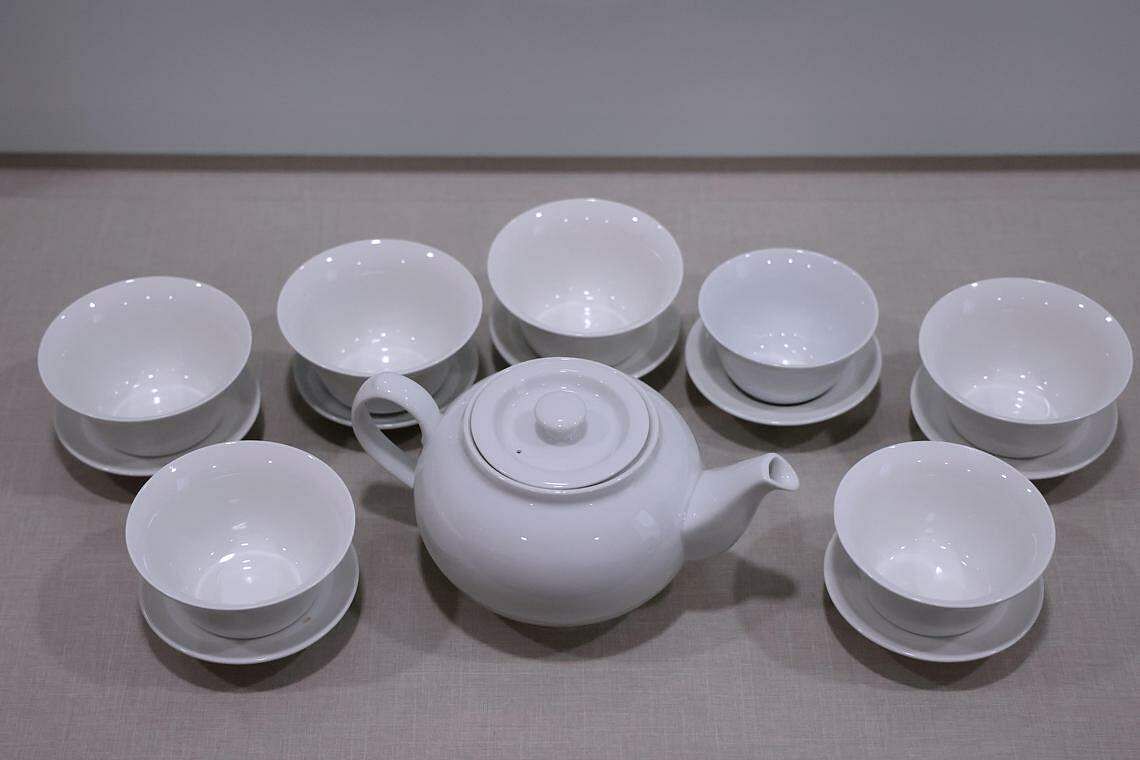
Wang Daohan and Gu Zhenfu's historical relics in the local area include in the courtyard of the Sun Yat -sen Nanyang Memorial Hall of Wanqingyuan, which are two stone monuments, "Martyrs Tree Tree" and "Ren Xin Guo" inscribed by calligraphy.
Renxin Guo is also known as the heart of the heart. It was one of the favorite tropical fruits when Sun Yat -sen was engaged in revolutionary activities in Nanyang."Martyrs Tree" is standing under a tall green dragon tree. The tree is cut out of the blood juice. It is like the blood of the Chinese alliance revolutionary martyrs who overthrew the Qing Empire of the Qing Empire.
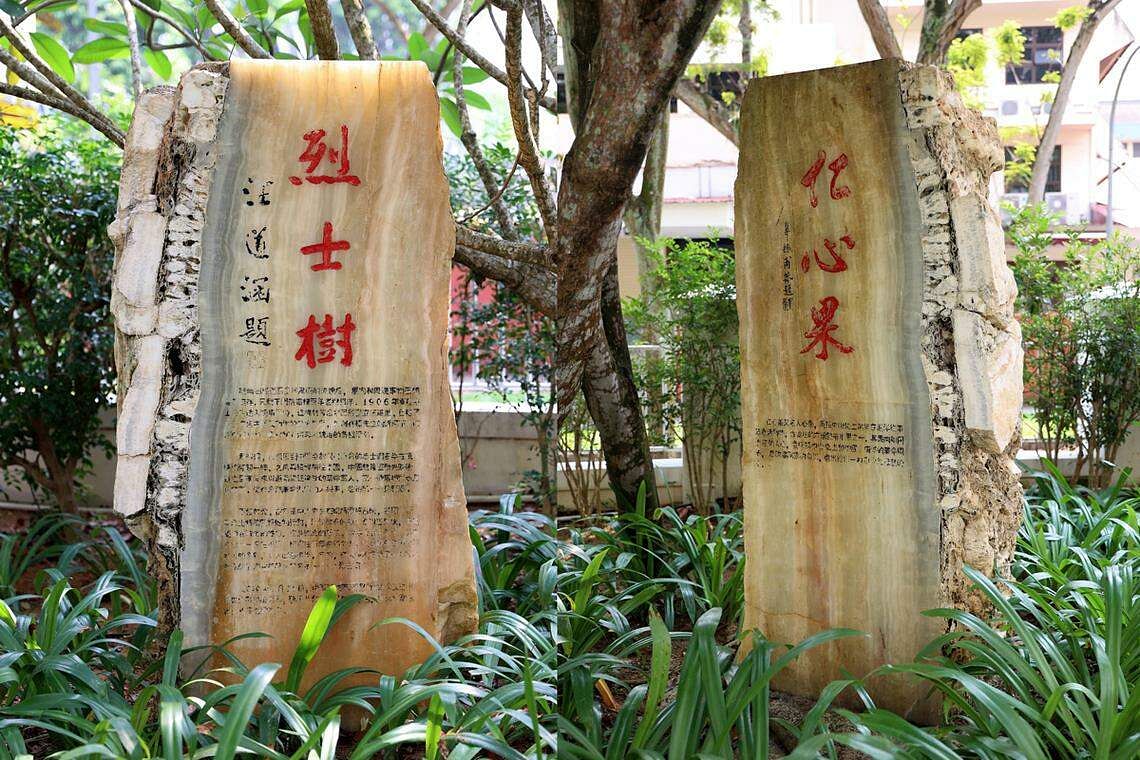
When the Sun Yat -sen's Nanyang Memorial Museum was restored in 2001, the former curator Feng Zhonghan letter asked Wang Daohan and Gu Zhenfu to write the words "Martyrs Tree" and "Renxin Guo".The Memorial Hall cut a large piece of cloudstone into half, engraved the inscriptions of the two, and placed on both ends of the lawn in front of the memorial hall. Facing each other, it also symbolized the cross -strait belong to one.
On January 3, 2005, Gu Zhenfu died at the age of 88 at the Taipei Revitalization Hospital; on December 24 of the same year, Wang Daohan died at the age of 90 at the Shanghai Ruijin Hospital at the age of 90.

